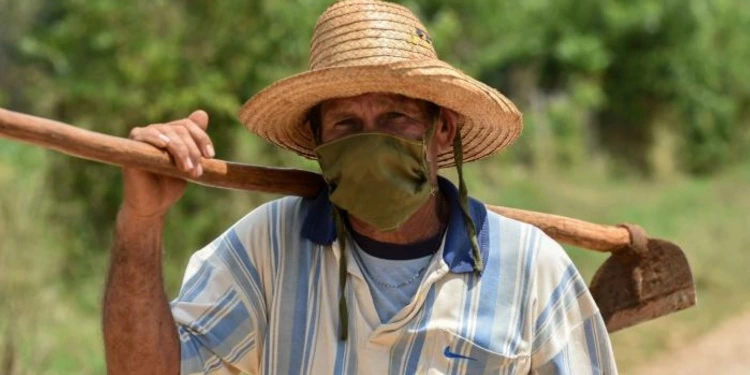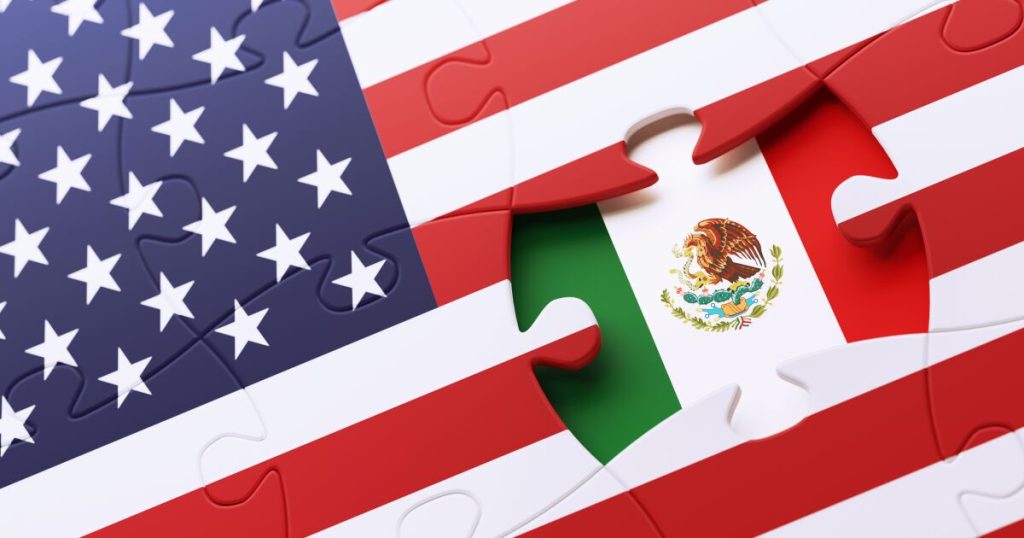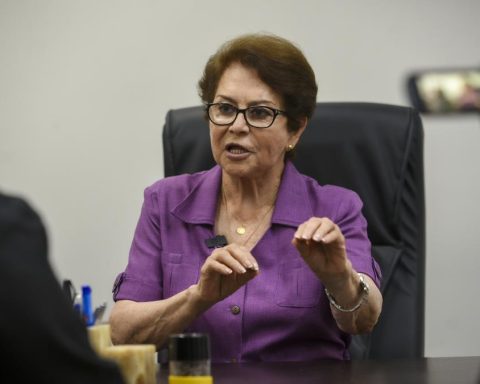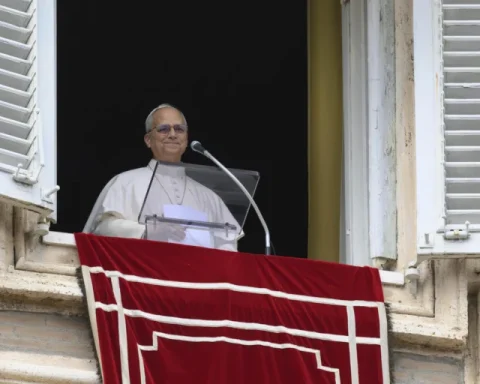PUERTO PADRE, Cuba.- “On a day like today they gave the freedom for slaves“, I heard an Afro-descendant Cuban say last Thursday, to which another also, dryly, replied: “Not to everyone.” It was a holiday on the calendar, but without celebrations in Cuba.
With more hunger than hunger last Thursday, October 10, 156 years passed since the Grito de Yara, a historic event carried out at the La Demajagua sugar mill by its owner, the Bayamese lawyer, landowner and intellectual Carlos Manuel de Céspedes y del Castillo, the Father of the Country.
That day he freed his slaves, inviting them to join him in the fight, thus beginning, in a precarious way, with barely men and weapons, the Ten Years Warfirst of the three contests waged by Cubans to gain independence from Spanish colonialism.
I bring this national event as a preamble to this opinion column, which will not deal with historical issues but with sociological ones, with agricultural and agro-industrial economics, because more than with words it is with figures produced in the becoming of our history, where we must lean, now, when Cuba has become a rosary of sorrows, acidic because we do not even have sugar to sweeten an afternoon or a night of lamentations, without electricity, in the dark, ruminating on deficiencies in the cities like cemeteries and The fields have been transformed into wastelands, deserts where there once was life and work.
Rosary of lamentations
Public and notorious it is. Having been a flagship product of the national economy for several centuries, sugar is not produced in Cuba today, and not just for export, but not even for Cuban consumption. In this state of need it is useful to note some economic data in the historical context outlined at the beginning.
When the uprising occurred in La Demajagua sugar millstarting the Ten Years’ War (1868-1878), in the 1868 harvest, a whopping 156 years ago, 720,250 metric tons of brown sugar and 49,573 gallons of honey were produced in Cuba, a production that is unrealizable today, How impossible it is that the Cuban sugar agroindustry directed by the Communist Party can now carry out that harvest.
On the eve of the War of Independence (1895-1898)the Cuban cane fields and sugar mills, managed by their own owners, without intervention from the captain general of Spanish colonialism, produced in 1894 more than one million tons of sugar, specifically, 1,110,991 metric tons of brown sugar and 15,893 gallons of Honey.
It is not strange then that last Wednesday, on the eve of the Cry of Yara, we heard another rosary of laments on television, which out of shame, yes, out of the degradation of others, I will not reproduce. in the program Round Table the Minister of Agriculture appeared Ydael Pérez Brito, to shell deficiencies as if they were vain grains on an ear of corn eaten by weevils.
No meat and no eggs
You know why at the dining room table are missing meat, eggs, beans, rice and lack of milk, cheese, butter, root vegetables, fruits and vegetables; and food is missing; Of course it is known! No minister has to say it: if we do not have belly sows, there will be no piglets to roast; and if there are no laying hens, there is no way to produce eggs. It is known that without dairy cows there cannot be a glass of milk on the table, just as without fattening bulls there is no meat in the refrigerator.
And it is known, without oil, tractors cannot they start to plow the land; nor does borrowed land yield crops like one’s own land. But the communist State, being a large landowner, does not give land ownership to the peasants, as is proper and natural in a State that founds a hard-working and productive nation.
The communist State collects “usufructuaries” of state lands that do not yield enough crops and then the president and the ministers string together a string of regrets, a rosary of sorrows… Listen to me, Cuba, incapable of supporting itself, and its leadership imputing to others the insufficiencies typical of an economy centralized by the communist regime, it has no salvation either as a State or as a nation.
No salvation
While in a masochistic way Cuba and the Cubans delight in the story of their evils that, with regard to food production, the solution is not in walks, speeches and anodyne laws but in the elimination of underlying political obstacles, which make unproductive our soils more than erosion, salinity, droughts, floods or material deficiencies, Cuba and Cubans will not only lack food, but also morality, shame, which are the pillars that keep us from poverty and sustain all the human work.
Lending idle land to farmers with the so-called “usufructs” will not solve the problems accumulated in the countryside and transferred to the city for many years and that have made and make agricultural production in Cuba unviable today.
Firstly, instead of lending land, a true agrarian reform had to be carried out, undoing the state latifundia produced by the so-called First Agrarian Reform Lawof May 17, 1959, delivering, with property titles with no restrictions other than its legitimate use, the land that the women and men of the countryside work. They should also give it to those who, without working the land, want to go work it.
Furthermore, the so-called Second Agrarian Reform Law of October 3, 1963, which did not expropriate idle or ill-gotten latifundia, but rather alienated the rural property of between five and thirty caballerías of land for political reasons, imputing “antisocial purposes and counterrevolutionaries” to their possessors.
In a restorative act of justice, legislation for the possession of agricultural land in Cuba should start by calling the owners of land expropriated by the so-called Second Agrarian Reform Law, or their descendants, no matter where they are today, restoring them , according to their legitimate titles, the property that was alienated to them without just cause.
And in that act, all property rights should be recognized for these people, whether it be use for themselves, rental or sale.


















